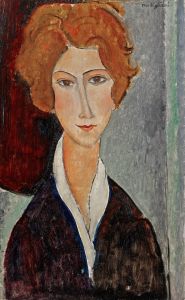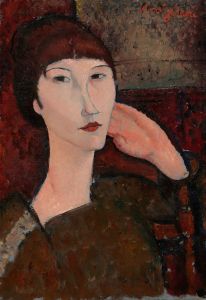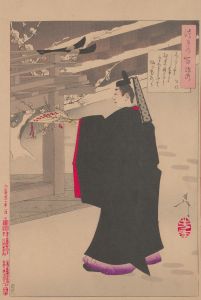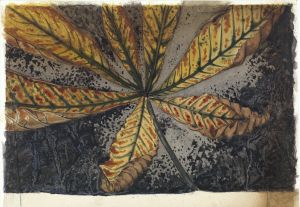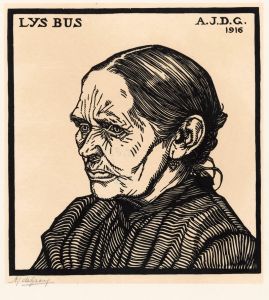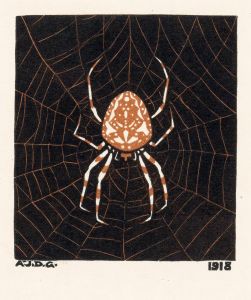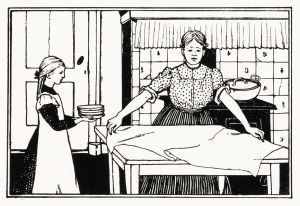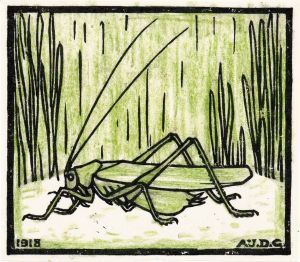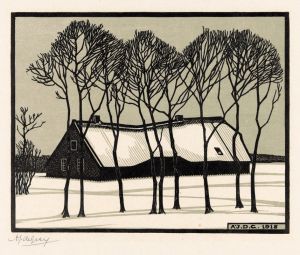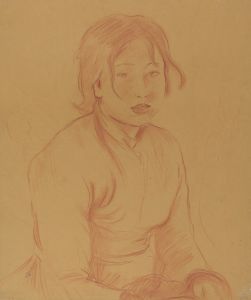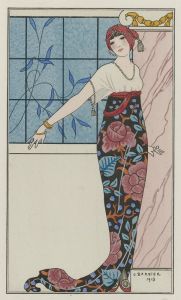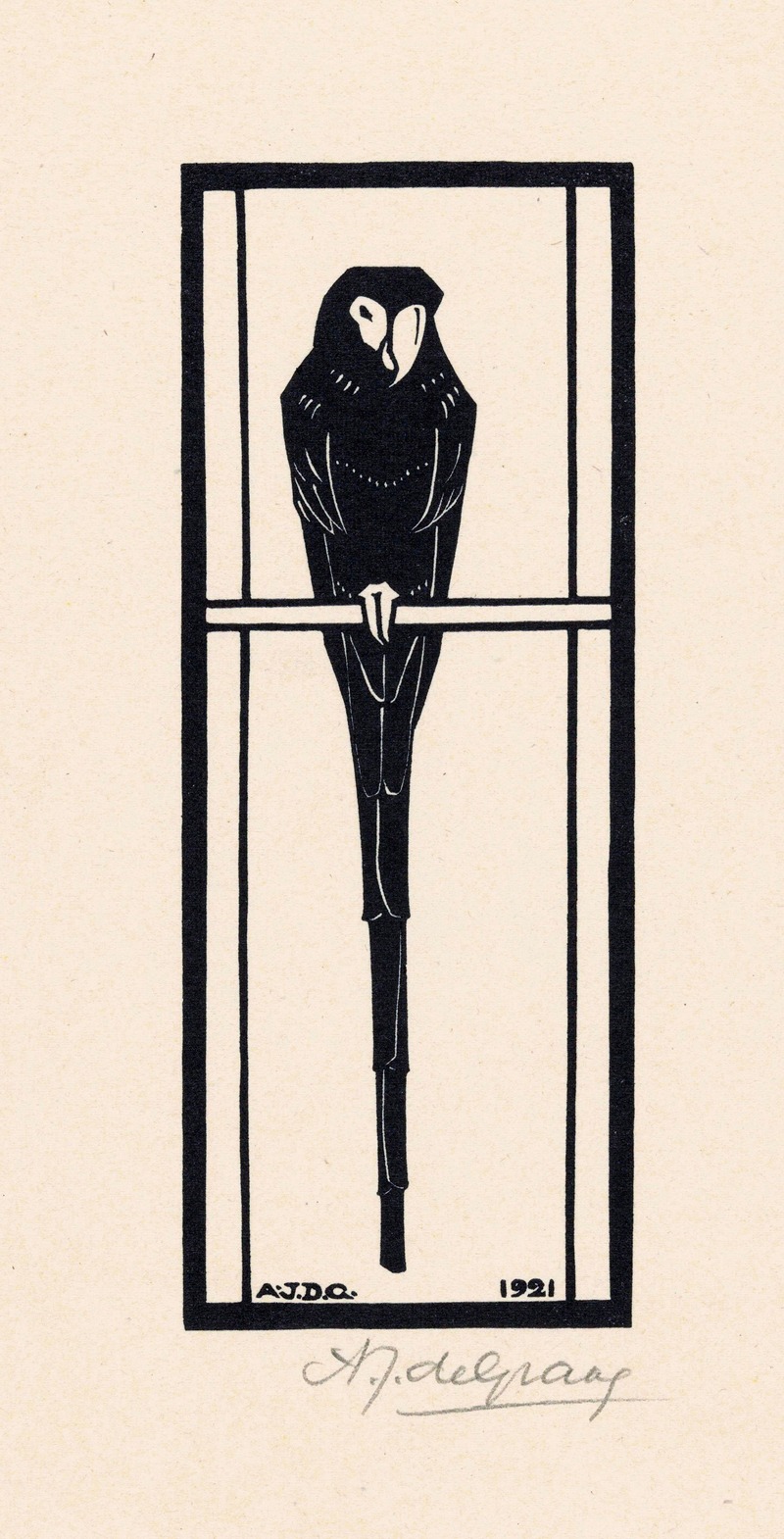
Ara
A hand-painted replica of Julie de Graag’s masterpiece Ara, meticulously crafted by professional artists to capture the true essence of the original. Each piece is created with museum-quality canvas and rare mineral pigments, carefully painted by experienced artists with delicate brushstrokes and rich, layered colors to perfectly recreate the texture of the original artwork. Unlike machine-printed reproductions, this hand-painted version brings the painting to life, infused with the artist’s emotions and skill in every stroke. Whether for personal collection or home decoration, it instantly elevates the artistic atmosphere of any space.
Julie de Graag (1877–1924) was a Dutch artist known for her graphic works, including woodcuts, linocuts, and drawings. Her art is characterized by its simplicity, precision, and attention to detail, often reflecting themes from nature and everyday life. One of her notable works is Ara, a depiction of a parrot rendered in her distinct style.
Ara is a woodcut created by de Graag, showcasing her mastery of line and form. The artwork features a parrot, likely inspired by the macaw species, depicted with clean, bold lines and a striking contrast between black and white. This minimalist approach is typical of de Graag's work, emphasizing clarity and structure over elaborate detail. The parrot is presented in a stylized manner, with its feathers and posture carefully arranged to highlight its natural beauty and elegance.
Julie de Graag's artistic career was relatively short, as she struggled with health issues and depression throughout her life. Despite this, her works gained recognition for their technical skill and aesthetic appeal. She was influenced by the Art Nouveau movement and the Dutch Arts and Crafts movement, which emphasized craftsmanship and the integration of art into everyday life. Her works often reflect a deep appreciation for nature, as seen in Ara and other pieces featuring animals and plants.
The exact date of creation for Ara is not widely documented, but it is consistent with de Graag's body of work from the early 20th century. The woodcut exemplifies her ability to distill complex forms into simple yet powerful compositions. This approach aligns with the broader trends in graphic art during this period, where artists sought to explore the expressive potential of black-and-white imagery.
Julie de Graag's contributions to Dutch art were significant, though her life was tragically cut short when she died in 1924. Her works, including Ara, remain appreciated for their timeless quality and technical excellence. Today, her art is held in various collections and continues to be studied for its unique place in the history of Dutch graphic design.





